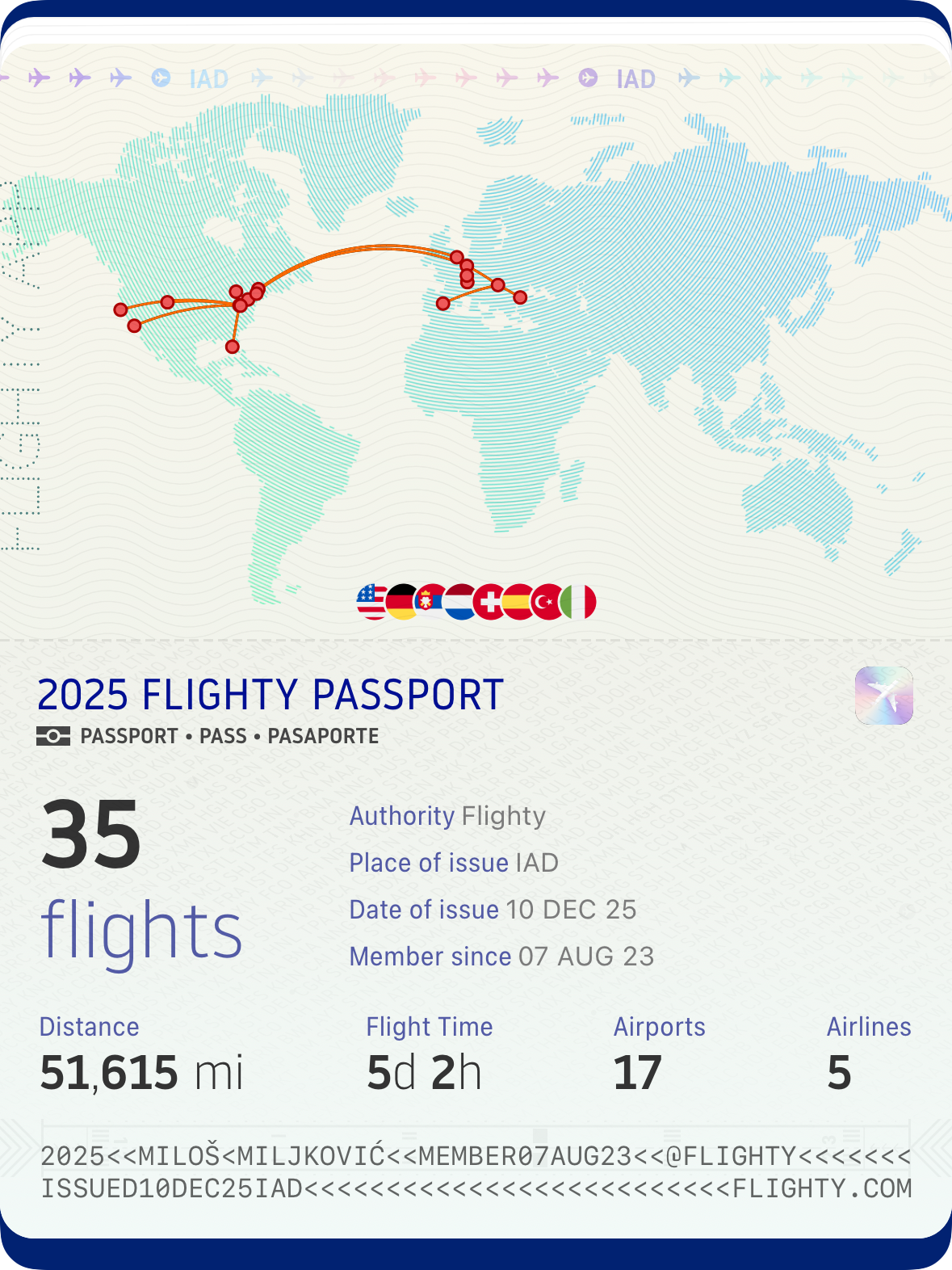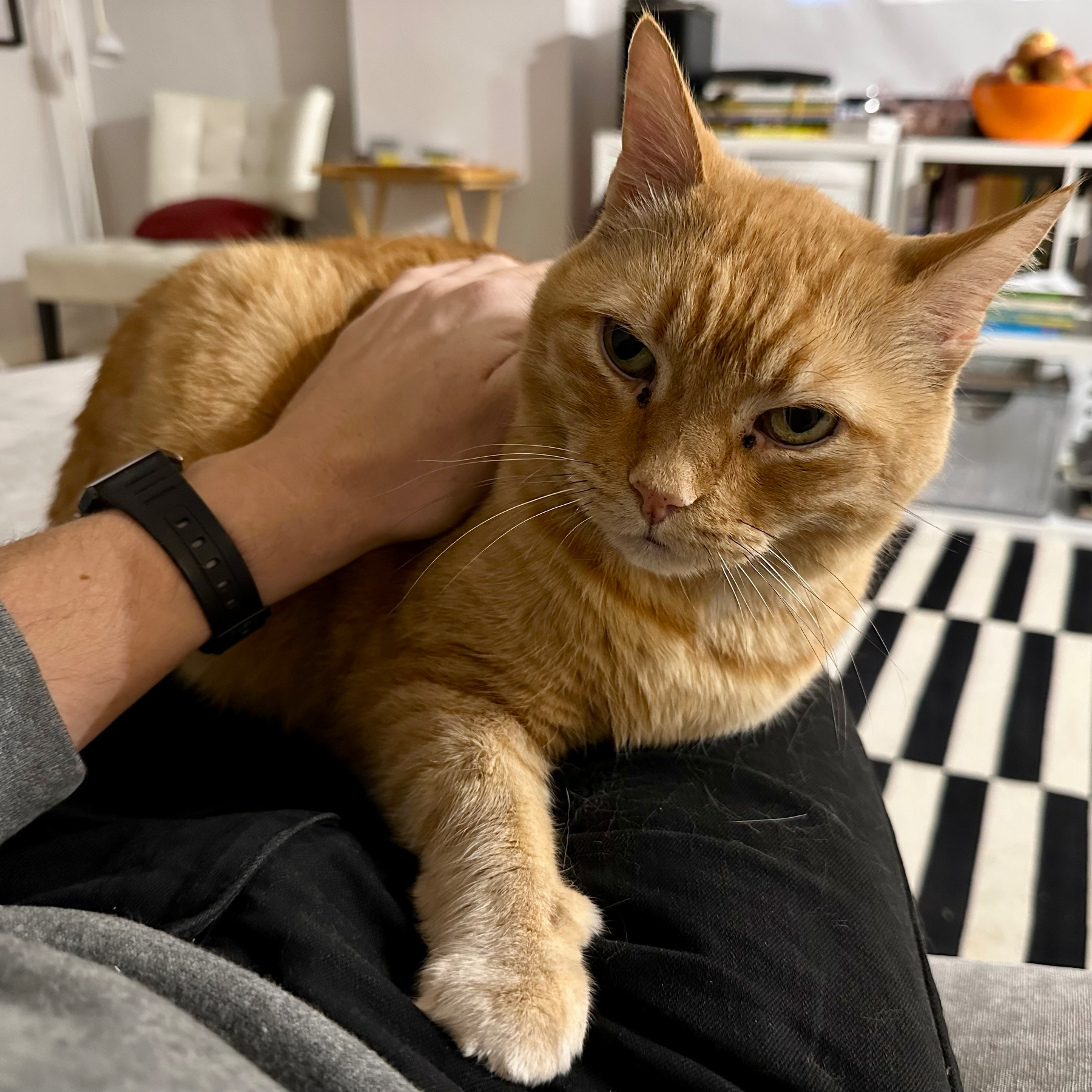Let the year-in-review season begin. First up is flying, courtesy of Flighty. Here’s hoping for fewer miles travelled in 2026!

Let the year-in-review season begin. First up is flying, courtesy of Flighty. Here’s hoping for fewer miles travelled in 2026!

📺 It breaks my heart that Season 5 of Only Murders in the Building immediately descended into toilet humor and pointless self-parody. Five episodes in and we are out — life is too short to spend it on drivel.
So yes, Americans are materially wealthy and unfulfilled, and the primary problem is cultural—we’ve sacrificed community and meaning to emphasize an archetype built on acquiring as much stuff as possible, but then we have made that unnecessarily hard to do. When you give your citizens a cultural script, built on the material, that promises hard work will lead to success, and then your policy design ensures it doesn’t, people will end up both economically frustrated, as well as spiritually empty, sitting in their living room streaming the latest movie wondering what exactly is the point of life. Or, they will feel they have failed at the material, while also having little else to give them meaning.
It’s Caturday Night Fever (or lack thereof).

❄️ DC had its first snowfall today, which was so much earlier than usual that it surprised even some public school systems, which only had enough time to declare a 2-hour delay at most. DC Public Schools are operating on their regular schedule, because DC DOT can read the weather forecast and knows how to put salt on roads.
But it really wasn’t that early. We had November snow as recently as 2018 (November 15, 1.4 inches), so December 5 doesn’t even crack the the top 20. The earliest? October 10 1979, 0.3".
Readers from Philadelphia or Philly-adjacent, please help me make sense of the place. From my limited time there, it seems to have fallen into the uncanny valley of American cities: has some history but it’s no Boston, some finance-looking people walking down the streets but it ain’t Manhattan, some tall buildings but not Chicago. Is the best thing about it that it’s a short and pleasant train ride away from both DC and NYC? Surely there’s more, but what is it?